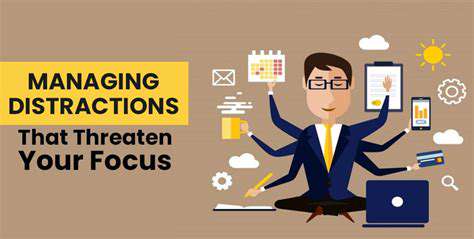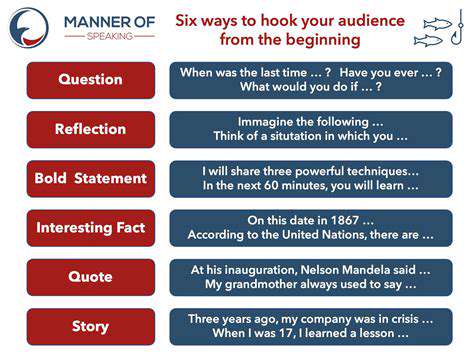10 Study Habits That Actually Work
Understanding Time Blocking
Time blocking transforms how we approach daily tasks by carving out dedicated periods for specific activities. Imagine your day as a puzzle where each piece represents a carefully planned segment - whether it's work, study, or relaxation. This visual approach not only clarifies priorities but also builds invisible walls against procrastination. When you see time as tangible blocks rather than an endless stream, you suddenly recognize where minutes disappear and how to reclaim them.
The magic of this method lies in its psychological impact. Assigning concrete time slots creates natural urgency - like appointments you can't miss. Your brain switches into focus mode when it knows a task has finite boundaries. It's astonishing how much more you accomplish when working against a visible clock rather than drifting through unstructured hours. Plus, aligning demanding tasks with your natural energy peaks (morning larks vs night owls) makes challenging work feel almost effortless.
The Pomodoro Technique: Focused Intervals
Picture this: a kitchen timer shaped like a tomato (pomodoro in Italian) giving rhythm to your workday. The technique's genius lies in its simplicity - 25-minute sprints followed by 5-minute breathers. After four cycles, you earn a more substantial 15-25 minute pause. This cadence mirrors our natural attention span, working with human biology rather than against it. The short bursts prevent mental exhaustion while the breaks allow subconscious processing - often when our best ideas surface.
What makes this method revolutionary is its built-in forgiveness. Unlike marathon study sessions where focus inevitably wanes, Pomodoro acknowledges our limitations. Those brief intermissions become mini-rewards, training your brain to associate focused work with immediate gratification. The timer becomes an impartial taskmaster, removing the emotional struggle of deciding when to take breaks.
Combining Time Blocking and Pomodoro
When these two methods join forces, they create a productivity powerhouse. Time blocking lays out the battlefield - From 10am to noon, I conquer calculus. Then Pomodoro provides the tactical approach - Eight 25-minute assaults with strategic retreats in between. This combination delivers both macro-level organization and micro-level execution. You're not just budgeting time, but optimizing how you spend every focused minute within those budgets.
Benefits of Structured Time Management
The ripple effects extend far beyond crossed-off to-do lists. Structured time management rewires your approach to work itself. You develop an almost athletic discipline - training your focus muscles during work intervals, then deliberately recovering. Over time, this creates mental stamina that spills into all life areas. Unexpected bonus? The clarity that comes from this approach often reveals hidden time pockets you never knew existed.
Overcoming Challenges and Maintaining Consistency
Let's be real - some days the system crumbles. The dog gets sick, your laptop crashes, or motivation simply vanishes. The secret isn't perfect adherence, but resilient systems that bend without breaking. Build flex blocks into your schedule for life's surprises. Adjust Pomodoro lengths to match your energy (maybe 50-minute focus periods work better for you). The tools should serve you, not vice versa.
Mindfulness and Stress Reduction: Cultivating Focus and Well-being
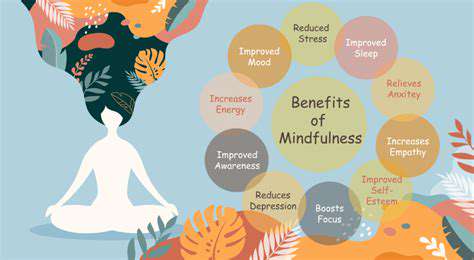
Cultivating Present Moment Awareness
Mindfulness begins with a simple yet radical act: experiencing this exact moment without judgment. Not the conversation replaying in your head, not tomorrow's deadline - just now. This practice creates space between stimulus and response, where choice lives. When stress hits, that space becomes your sanctuary - a momentary pause to choose how (or whether) to react.
The real transformation happens in body awareness. A tight jaw, shallow breathing, or clenched fists often signal stress before our conscious mind notices. Mindfulness turns your body into an early warning system, catching stress when it's still manageable. With practice, you'll catch tension as it arises rather than after it's overwhelmed you.
Identifying and Managing Stressors
Stress reduction starts with detective work. Keep a stress journal for a week - what triggered tension, how your body reacted, and how you coped. Patterns emerge: perhaps emails after 8pm spike anxiety, or certain people drain your energy. Knowledge is power - once you identify predictable stressors, you can develop targeted strategies. Maybe it's turning off notifications after dinner or preparing calming rituals before difficult interactions.
Stress Reduction Techniques: Practical Applications
The 4-7-8 breathing technique works like a reset button for your nervous system: inhale 4 counts, hold 7, exhale 8. Repeat four times. This simple exercise can short-circuit the stress response in real-time. Pair it with a body scan - mentally checking in from toes to scalp - to release tension you're holding unconsciously.
Beyond formal techniques, cultivate micro-mindfulness throughout your day. Fully taste your morning coffee. Notice the texture of your keyboard. Feel your feet on the ground during walks. These tiny anchors to the present create a cumulative calming effect that buffers against stress.
Seeking Support and Collaboration: Learning from Others
Understanding the Power of Support Systems
Learning thrives in connection. The myth of the solitary genius persists, but in reality, breakthroughs happen through networks. Your study group isn't just sharing answers - you're creating a collective intelligence greater than any individual. Each member spots different patterns, asks unique questions, and explains concepts in varied ways that might finally make something click.
Identifying Effective Learning Styles and Strategies
Self-awareness turbocharges learning. Maybe you're a visual learner who needs mind maps, or perhaps kinetic - needing to walk while reciting information. The key is ruthless honesty about what actually works for you, not what should work. Track which study sessions yielded the best retention and replicate those conditions.
Leveraging Collaborative Learning Environments
Study groups become laboratories for communication skills. Teaching concepts to peers reveals gaps in your own understanding. Nothing tests mastery like having to explain it simply to someone else. These interactions also build the soft skills employers crave - articulating ideas, giving/receiving feedback, and building consensus.
The Importance of Seeking Feedback and Constructive Criticism
Growth requires uncomfortable honesty. Seek mentors who will tell you the hard truths - the gaps in your knowledge or flawed assumptions. The most valuable feedback often stings slightly - that's how you know it's hitting where you need to grow. Create safe ways to receive it (maybe written comments feel less confrontational than face-to-face critiques).
Reviewing and Summarizing: Consolidating Knowledge
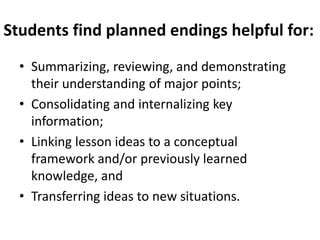
Improving Efficiency
Consolidation is the unsung hero of productivity. Like compressing a spring, it stores energy for greater impact. When done right, it removes the friction between ideas, letting knowledge flow where it's needed. The best systems feel invisible - information appears almost before you realize you need it.
Minimizing Risks
Every consolidation has hidden tripwires. Maybe it's the veteran employee who resists new systems, or the legacy data that doesn't map neatly. Successful change managers anticipate these resistances and address them before they escalate. They create transition rituals that help people emotionally move from old ways to new.
Enhancing Scalability
The test of any system is whether it grows with you. Good consolidation builds in expansion joints - flexible elements that allow for future growth without structural overhaul. Like city planners leaving space for future subway lines, your systems should have room for what you can't yet anticipate.
Creating a Realistic Study Schedule: Balancing Priorities
Understanding Your Priorities
Your calendar reflects your actual values, not your aspirations. The brutal truth emerges in how hours are spent, not how you wish they were. Start by tracking a typical week - the data often reveals surprising time sinks. Maybe social media consumes more hours than exercise and study combined.
Time Management Techniques
Productivity isn't about doing more, but doing what matters with intention. The most effective schedules alternate between deep focus and deliberate renewal. Like athletes periodizing training, alternate intense study with active recovery - maybe a walk while listening to related podcasts.
Incorporating Breaks and Downtime
Rest isn't the enemy of productivity - it's the engine. Strategic breaks actually accelerate learning by allowing subconscious processing. The Pomodoro technique works because it honors our cognitive rhythms. Even brief diversions (a walk around the block, some stretching) can reset attention dramatically.
Adaptability and Flexibility
The perfect schedule today might fail tomorrow - and that's normal. Build in regular schedule audits to adjust for changing priorities and energy levels. Maybe Wednesday afternoons consistently drag - reschedule difficult work elsewhere. A living schedule evolves with you.

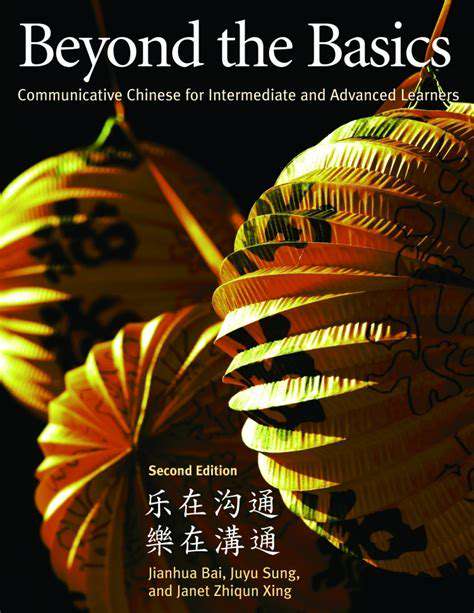
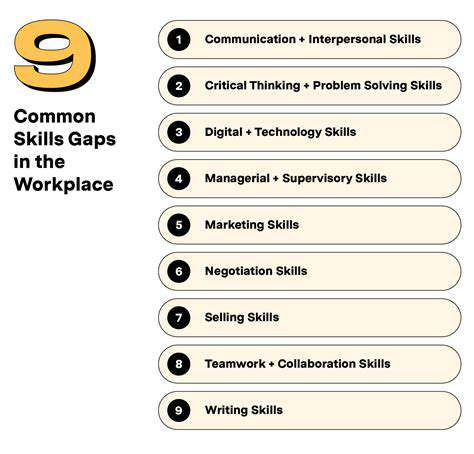
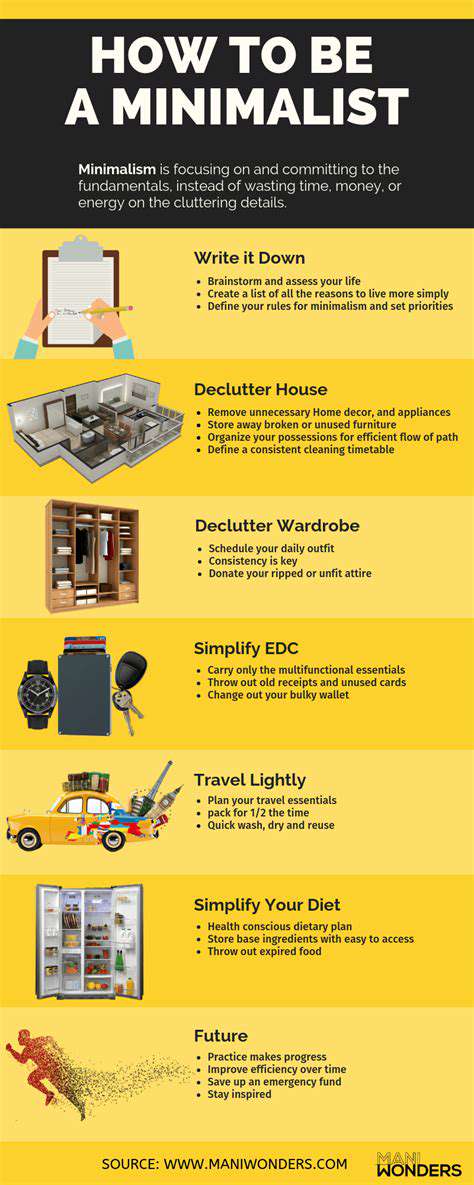
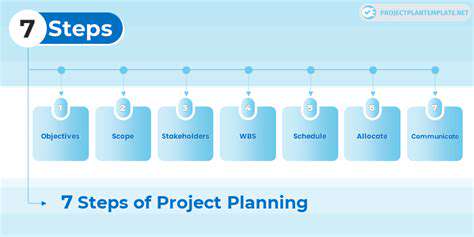
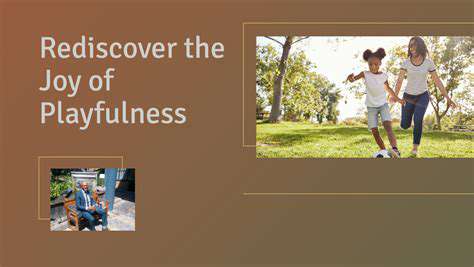
![Best Resources for Learning [Specific Science Subject]](/static/images/31/2025-05/SpaceAgenciesandOrganizations3AUnveilingtheLatestDiscoveries.jpg)

